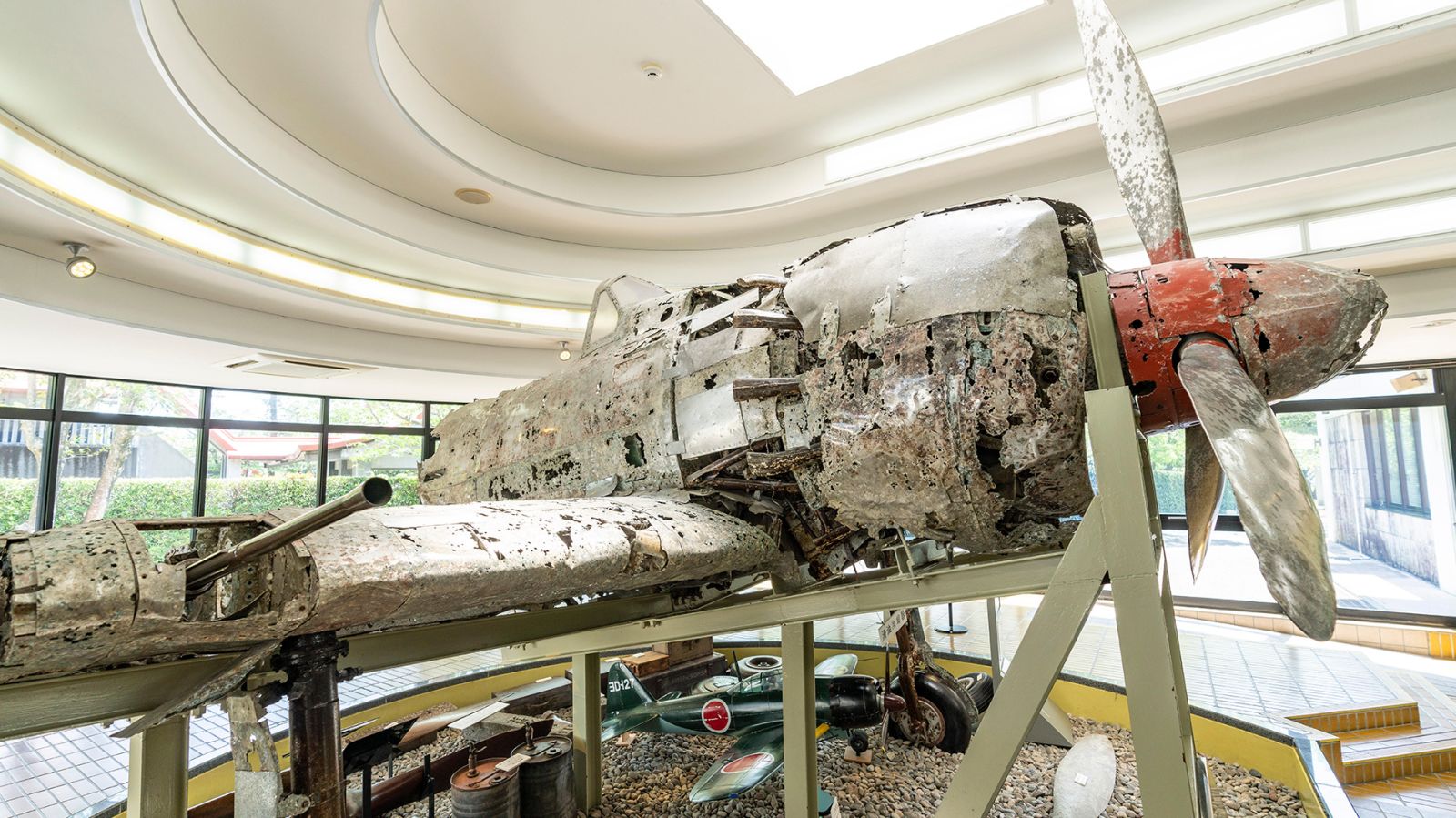The Tragic Tale of Japan’s Kamikaze Pilots
In the annals of history, the kamikaze pilots of Japan are often depicted as brave but fanatic warriors who selflessly sacrificed their lives to defend their homeland during World War II. However, a deeper look into the lives of these young men reveals the tragic and human side of their stories.
The Kanoya Air Base museum and the Chiran Peace Museum, both located on the Japanese island of Kyushu, offer a poignant portrayal of the kamikazes through hundreds of photographs and letters, which bring to light the reality of these young pilots.
Many of these kamikaze pilots were teenagers, some as young as 16, who left behind letters to their mothers, expressing remorse for youthful indiscretions and vowing to make them proud with their ultimate sacrifice.
One of the youngest pilots, Yasuo Tanaka, flew an Okha, a winged but wheelless bomb, and died at the age of 16. Another pilot, 18-year-old Torao Kato, bravely wrote to his mother, “I’ll try to destroy a big one,” before embarking on his final mission.
The Chiran Museum also showcases an image of a young kamikaze petting a puppy, capturing the innocence and youthfulness of these pilots just hours before their tragic fate.
Among these pilots was American captain Masaji Takano, who married a Japanese woman and was recruited into the kamikaze ranks. His last letter contained a drawing of a diving plane with the words “I will surely send an enemy warship to the bottom.”
The young pilots were not forced into their fate initially, as most of them joined the air force training corps at the age of 14. However, upon learning their destiny, they unhesitatingly accepted their duty, believing it was worth dying for their country and their parents.
Their missions resulted in brutal tolls on the US Navy, particularly during the Battle of Okinawa, which the US Naval History and Heritage Command considers the deadliest ever experienced by the US Navy.
While the kamikazes are revered in Japan as protectors, with only about 5% of visitors to the museums being from outside Japan, there is a divide in how the world perceives them. Kenta Torihama, the great-grandson of Tome Torihama, a trusted confidant to many kamikaze pilots, hopes more foreigners would visit and learn from these stories, which are full of lessons on the madness and tragedy of war.
The stories of the kamikazes are an intricate part of Japanese history, a reminder of the madness and tragedies of war. The museums in Kanoya and Chiran offer a poignant look into the lives of these young pilots and the raw emotions that they left behind.
When visiting the area, it’s evident that the kamikazes of World War II were a prominent part of Japan’s history. From these grace museums to the site of the last stand of the samurai, there is much to learn from the rich and poignant history of Kyushu Island.
For those interested in visiting these historical sites, the museums are accessible by car and are a few hours’ drive from the city of Kagoshima. Kagoshima offers a small commercial airport, but flying into the larger international airport in Fukuoka and taking the 90-minute bullet train to Kagoshima may be a more convenient option.
